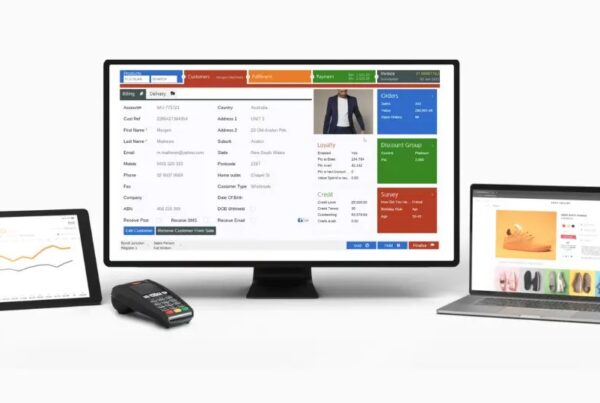The National Retail Federation estimates that U.S. retailers lost $816 billion in revenues because of customer returns in 2022. As much as 30% of all online purchases are returned, far more than the 8.89% rate seen in traditional storefronts. As a result, you can expect a growing number of returns as your online sales increase.
However, nowadays, retailers can manage customer return process more effectively and easily. In this article, we will cover in-store and online returns process of a retail store and give you 5 winning tips to optimize this process.
What is the return process?
In retail and online shopping, the returns process starts when a customer wants to return a product and ends when the business collects, sorts, and restocks that product. By managing returned products well, you can cut your losses by a lot by using returned items that are still in good shape to restock warehouse inventory for resale.
Now customers can choose two main return methods: shop online – return in store, or return online with shipping method integration. For online return and refund process, retailers can integrate shipping methods on the POS system so that customers who want to return an online order, can choose a suitable shipping method. It is up to the customer demand and business needs that you can decide to customize your POS systems or not.
The 5 steps of a typical in-store product return process
Step 1: Verify product returns request
When a customer brings an item to the store and asks for an exchange or refund, the sales staff will need to verify this request. They’ll have to confirm that this product has been purchased from your store. The most common proof is a receipt.
For some products, there are additional conditions. For example, with video games, the original packaging has to be intact. Clothing items might need their tags and labels still on and show no sights of wear or stains.
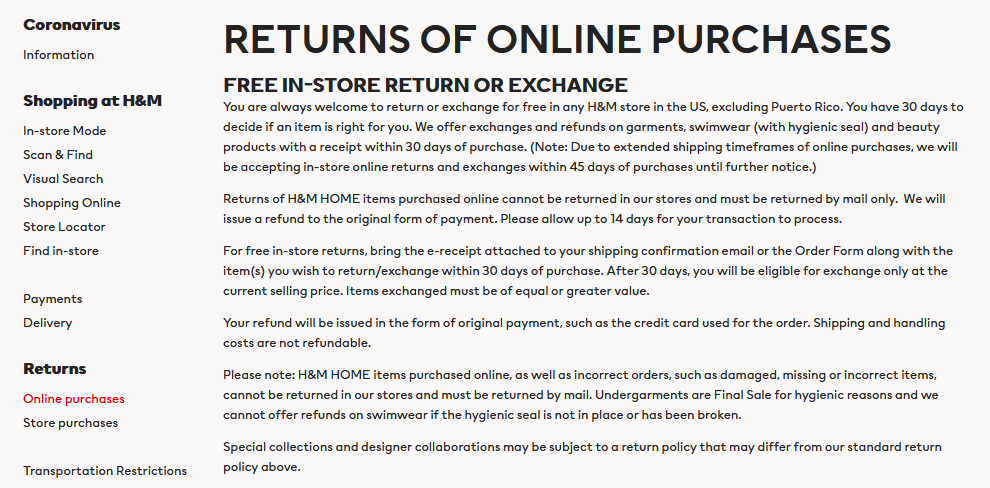
H&M’s return policy explains the conditions for product returns and how customers can request a return easily.
In some cases, the customers may request a return without a receipt. They can still show some proof like a bank statement or confirmation email. Some businesses might reject the return request in this case. However, consumer rights laws in your country may require you to accept returns for faulty products without a receipt.
If the customer is eligible for a refund or exchange, the cashier will create a return request in the system.
Step 2: Create a return request
To process an in-store product return, your staff usually have to find the past order in your point of sale system. Different systems will offer a variety of options to find this order such as:
- Scan the customer’s receipt
- Input the order ID or number
- Search for the order with customer or product information
The cashier can then select the order and start the return process. They’ll have to select the products in the original order and the quantity to return. Some POS also let staff return the product to stock right on the screen.
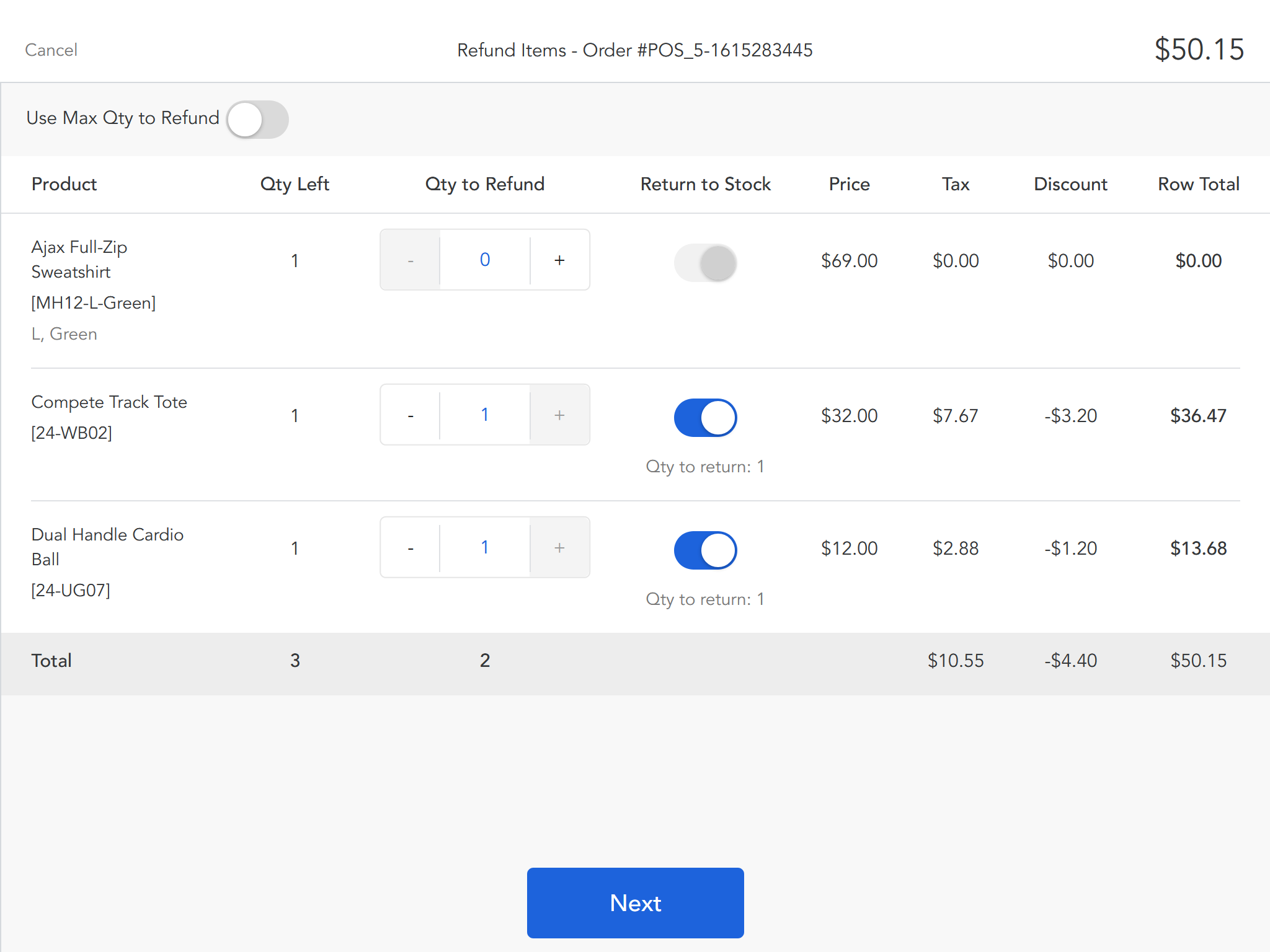
When the customer wants to exchange what they brought for another product or the same product in a different size or color, the staff will need to add the new product to cart.
If the customer doesn’t have the receipt with them and you cannot find the order in the system, you’ll have to start a return request not associated with any order. You can read more about the refund without receipts process.
Step 3: Process payment & complete return
In the case of product refunds, the cashier will have to refund the payment to the customer. Different POS system might offer the following options:
- Refund by original payment method. Most customers prefer to get a refund via the original payment method. Some POS systems let you issue payment while others require extra steps on the payment device. If you are using a terminal to process the transaction, make sure your cashiers get the training they need to handle it efficiently.
- Refund by cash. If the customer paid for the original order by cash, they might expect a cash refund.
- Refund by points or vouchers. Some stores offer refunds in the form of points, store credits, or gift cards. Your cashier can add the refund value to the customer’s account or gift card balance. The customer can use the balance the next time they purchase from your store.
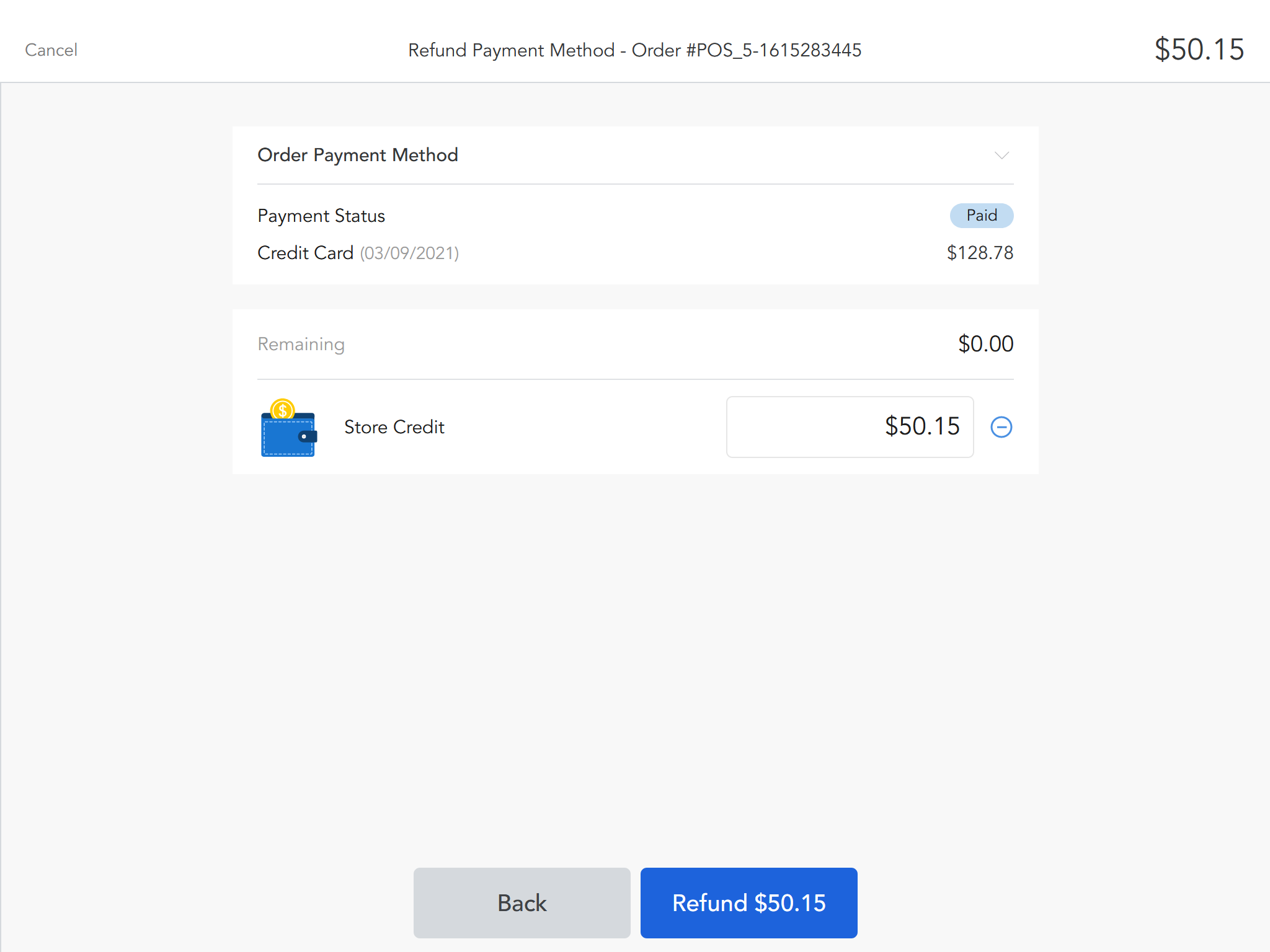
In the case of a product exchange, the POS system will need to calculate the difference between the price of the old and new item.
- If the items have the same price, there’s no need for additional payment.
- If the new item has a higher price, the customer will have to pay the difference.
- If the new item price is lower, the cashier should be able to refund the difference to the customer.
In addition to product price, some in-store product returns may include an additional cost. For example, customers might choose to have their new items delivered later and pay for shipping. Some brands also place a restocking fee on opened items. The staff should have the ability to add these additional fees during the return process.
Step 4: Complete in-store product returns
Once payment is complete, the staff should also note down the reasons for return. Product returns offer invaluable data that will help retailers make merchandising decisions in the future.
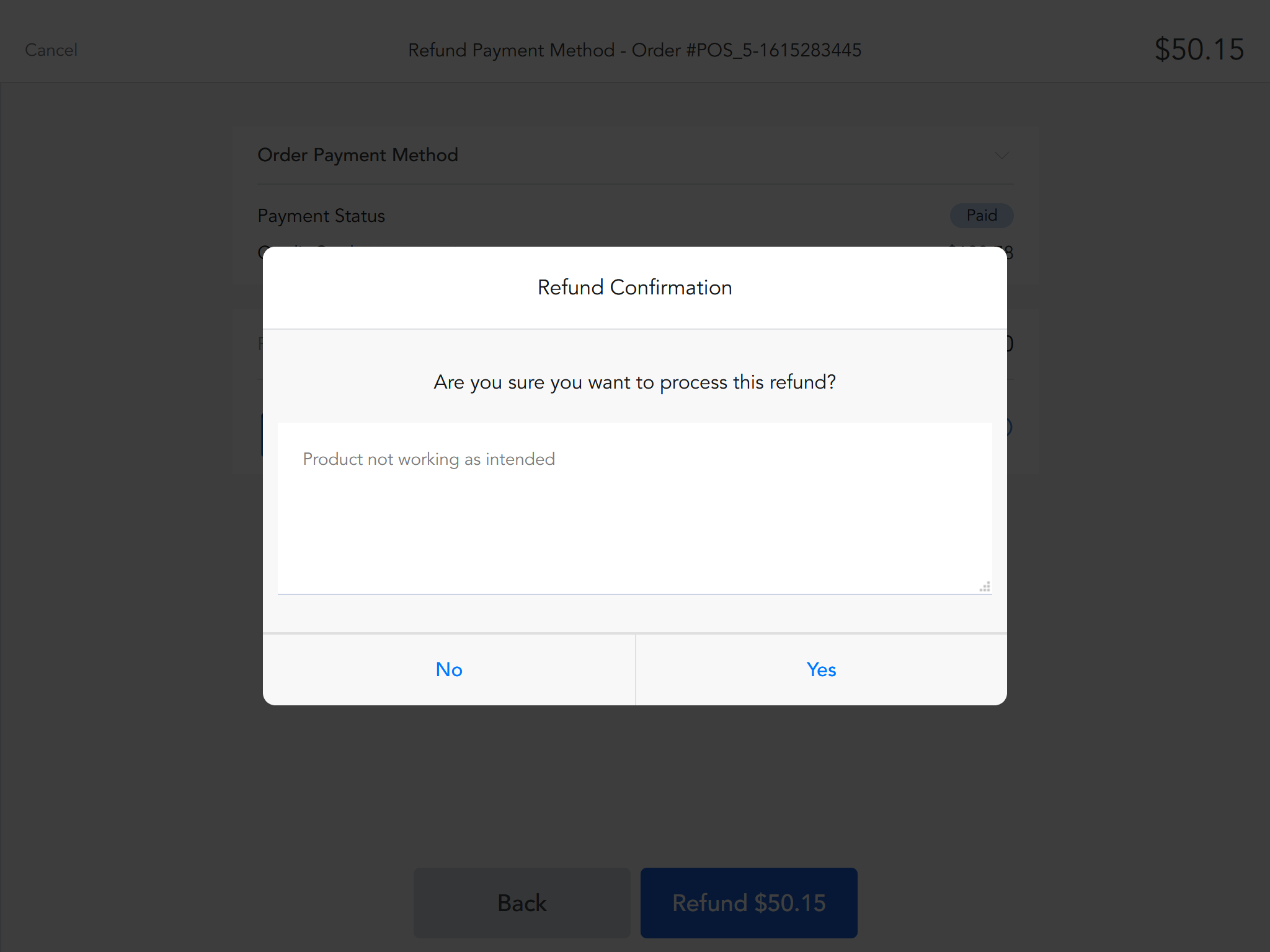
When the staff completes the return request, the POS should synchronize data into the rest of your system. There should be updates in the original order, your revenues, profit, tax, and so on.
In some systems, product returns information will appear directly in the original order.
If you’re using a Magento system, the situation might be a bit different for product exchange. Since Magento’s default settings don’t support order editing or negative product quantity, some POS may create a new order and cancel the old one.
Step 5 (optional): Return item to inventory
Most POS systems allow returning the item to inventory. When the return process is complete, the quantity of the returned items will be added back to your inventory. Depending on product conditions and your business rule, you may choose to resell these items as open box or refurbished products.
5 tips to optimize the in-store product return process
In-store product returns may sound simple in theory, but the real-life situation can be complicated.
Many retailers are struggling with returns where the staff and customers ignore the return policy. There are also cases where the cashier cannot refund payment for the customer, or the refund doesn’t get updated into the system. On the other hand, returns without receipts can create serious inventory and accounting issues.
To avoid these problems, here are 5 tips for retailers looking to implement or optimize a product returns process.
Tip #1: Write clear return policies
Imagine bringing returning a product in-store only to find out that the policy on the website is outdated and your request is not accepted.
Having clear and easy-to-understand policies is the best method to prevent returns; and if the return is necessary, to speed up the process. Return policy should be communicated with customers across all sales channels, and consistently.
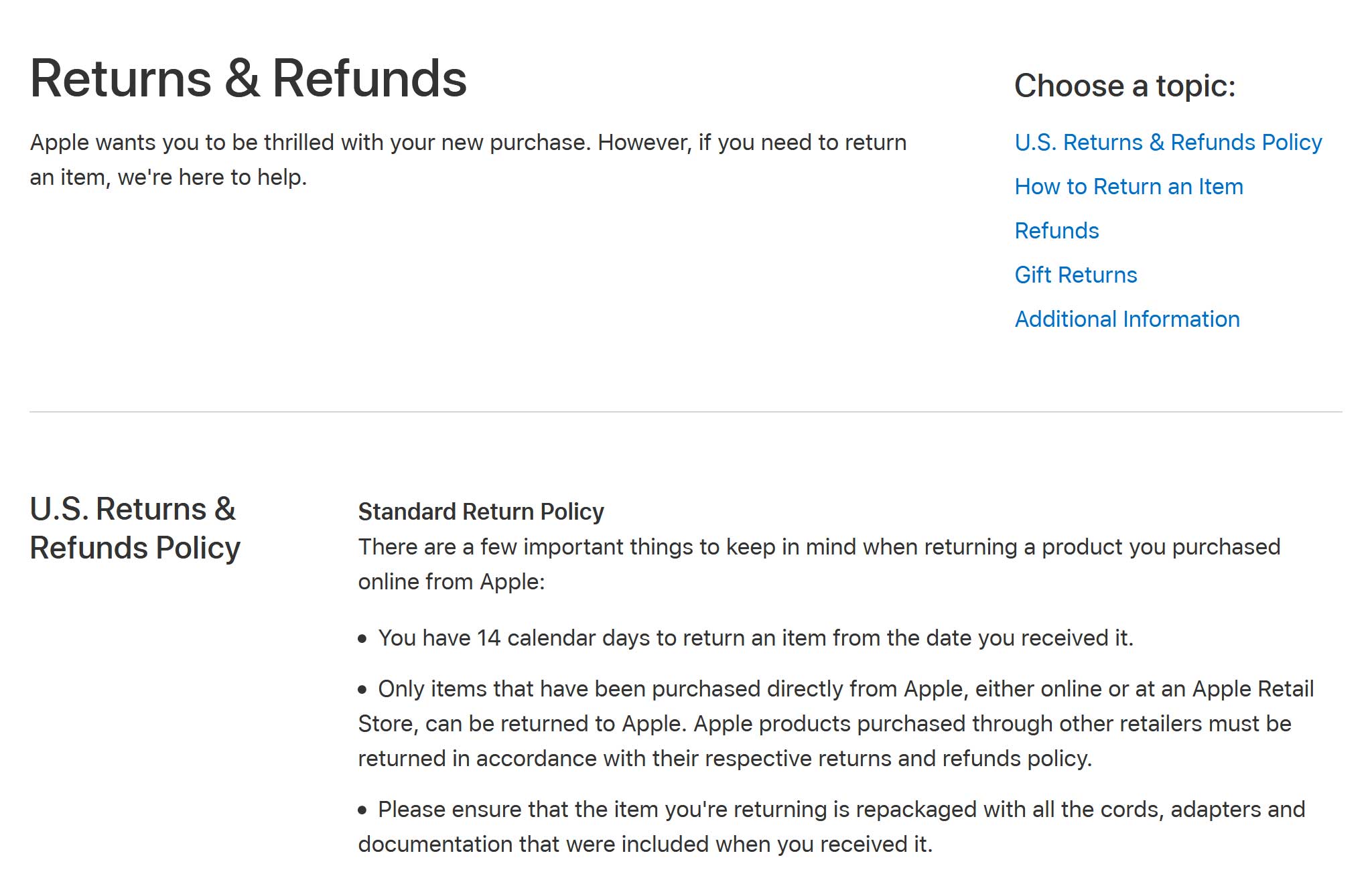
A product return policy should clearly state:
- The duration for return. Some retailers offer two weeks, others allow a year. Retailers also need to consider the legal requirements for their product, industry, and location. If you’re selling products with different policies (such as smartphone versus vacuum cleaner), make sure to state all options.
- Conditions for return. Define the conditions of the item you can accept. For example, the item has to be in good condition, with the tags still on. Most retailers also require the original packaging and receipt. Items bought online may not have the same policy as items purchased in-store.
- Exception. Customers need to know if the items they buy cannot be exchanged or refunded. This is especially true for discount items, undergarments, or perishables such as food or flowers. You should also state if there are exceptions related to defective products.
- Options for the customer to receive payment. How can customers get their money back? Inform your customer that they’re only eligible for store credits or if they can get their money back in the same way as they paid.
- Time to receive payment. Let your customer know if you’ll only issue payment when the items have been received and approved. You should also give customers an estimation of how long before the refund appears in their account.
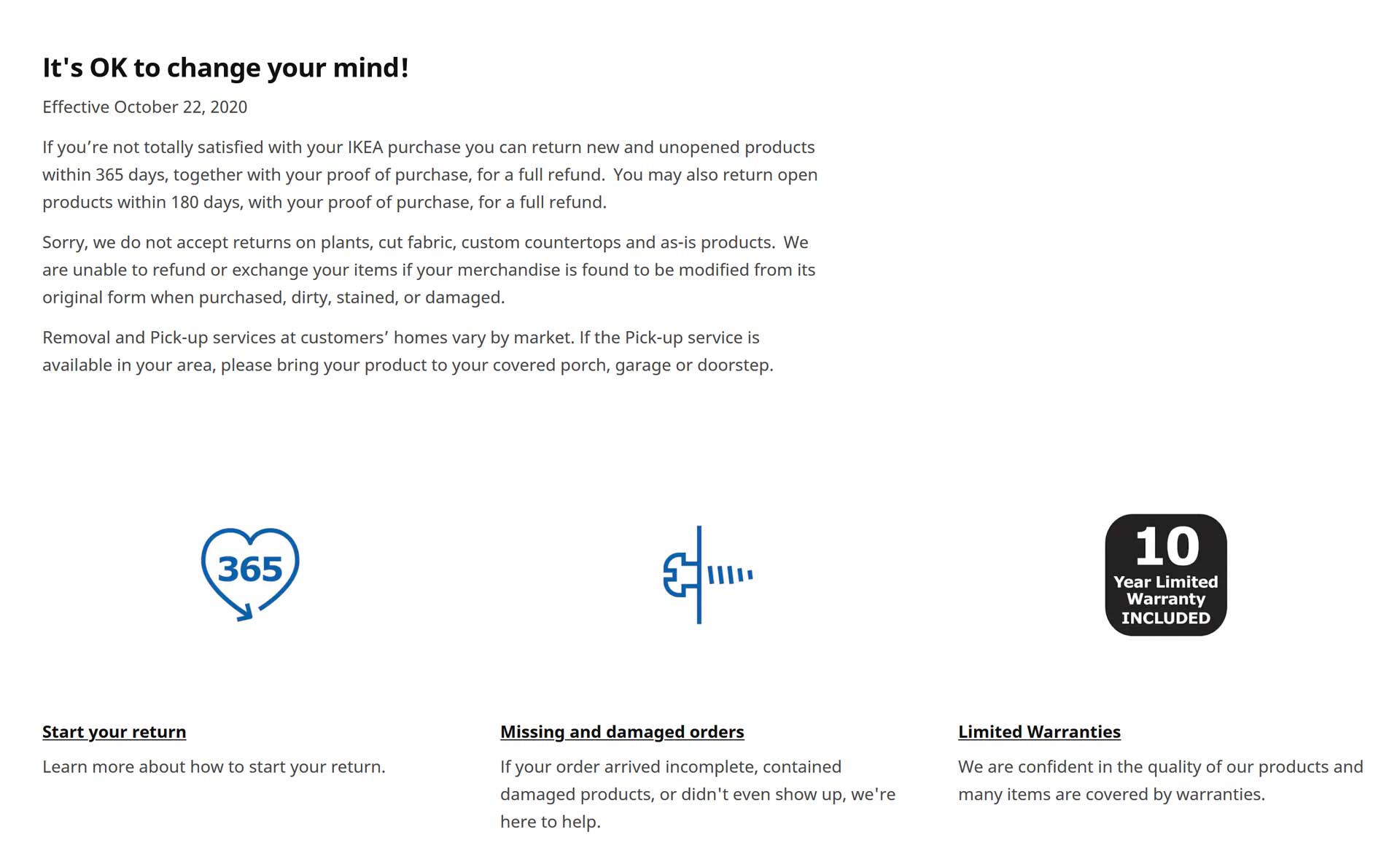
Tip #2: Have backups to handle return without receipts
Consumer rights laws may dictate cases where customers can return products without a receipt or past the return period. Accepting returns without receipts can also make for a better customer experience and encourage them to stay with your brand instead of switching to competitors.
Make sure you can process product returns without receipts by making it easier to find an order within your retail system. You can collect customer email and phone number to search their order history. There’s also the option to track serial number for each product.
If the cashier cannot find the original order, it’s up to the store manager to make the call on whether to accept the return.
Tip #3: Offer store credit & gift card in place of cash/card refund
Unspent store credits or gift cards can be excellent reminders of your brands and encourage customers to return for more purchases. It’s also a good alternative to cash if you can’t find the original order.
This is especially helpful if the customer is a regular of your brand but doesn’t enjoy a particular product. Instead of sending money back and forth between their bank account and yours, they get the amount added to their store account or a new gift card. More store credits makes it convenient for them in their next purchase. They can send gift cards to their friends and family, introducing new customers to your brand.

Tip #4: Track return rates
In-store product returns don’t have to be the end of the world. It’s an inevitable part of retail and an important data point for retailers. Tracking data on in-store product returns will help retailers identify potential problems in their business.
Here are some examples:
- Many customers bought your products online but exchanged them in-store later because they got the wrong size. This means customers are struggling with choosing the right size online and you should include a size chart on your website.
- There’s a spike in shirt returns. It turns out the fabric is irritating for some wearers. You should change the shirt materials and improve your product.
- Customers keep asking the staff to explain your return policy. Perhaps part of your policy is full of jargon or the customer simply can’t find it. You can rewrite the policy to make it easier to understand and have your staff explain it clearly during checkout.
Tip #5: Use integrated software
If you’re selling both online and offline, or running multiple stores, it’s essential to have a POS system that’s integrated into every part of your business.
You can create a seamless shopping experience when customers buy online and return in-store. In addition, in-store product returns are way more convenient when the customer can return in any store, not just the one they bought from. The staff should be able to view and process all orders of different stores, created from their checkout counter to the self-checkout kiosk in another location.
An integrated POS system will also ensure that data is updated in real time and correctly. When the return is complete, the change in order, inventory, and customer should be reflected in the rest of your system. No one wants to re-enter the in-store product returns manually in their inventory management software.
With an integrated POS, you can eliminate double entry and keep all records of sales, stock, and customers under control.
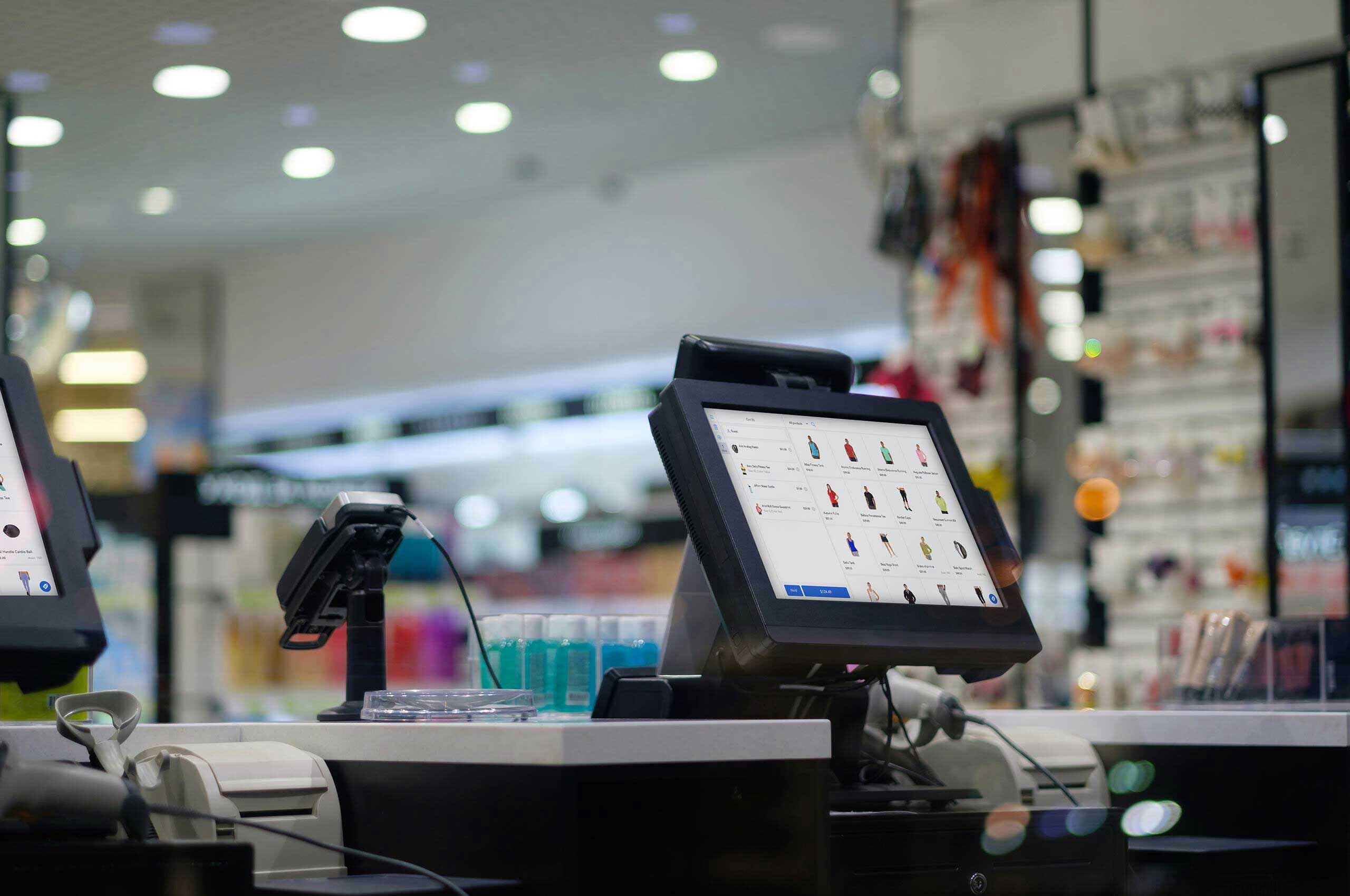
Last words
Retailers can turn in-store product returns into a good shopping experience for customers and get valuable data along the way.
A centralized POS is the key to implement and optimize this process. It should help you handle order history, payment, customer, loyalty programs, and more. It needs to work seamlessly with all parts of your system.
If you’re a Magento merchant looking to optimize your business, check out our retail use cases for more solutions. Or contact our experts to get a free business consultation.









